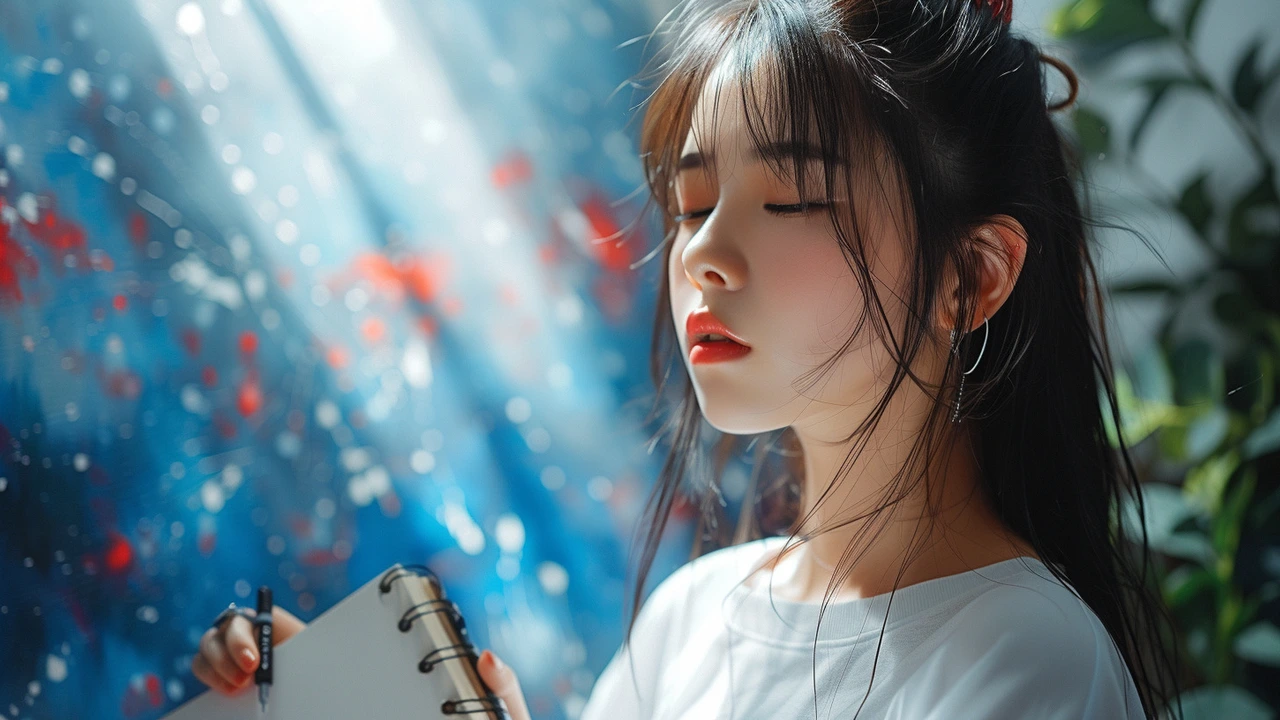Understanding the Beauty of Post-Impressionism
As Fiona, a self-taught art enthusiast based in sunny Sydney, I can't help but marvel at the mesmerising beauty of the Post-Impressionism art period. It all started when I took my first trip to Paris and had the good fortune to see the profound pieces created by the galactic dreamers and wildly imaginative artists of that time. These art pieces, that have forever changed my perception of what art can and should be, were none other than those from the Post-Impressionism period. Post-Impressionism is more than just an art movement; it's a symphony of colors, compositions, emotions, and daring explorations of subjective impressions that challenge the conventional boundaries of objective truth in the most captivating and extraordinary ways.
When Every Brush Stroke Tells a Story
Post-Impressionism, a term first used by British art critic Roger Fry in the early 20th century, chiefly describes the work of artists who moved away from the Impressionists' interest in the naturalistic depiction of light and color. Our beloved Post-Impressionists wanted to create something more symbolic, personal, and emotionally evocative. They played with forms, structures, and color to reveal the psychological depths beneath the mundane, to share their unique perceptions of the world. Vincent Van Gogh, Paul Gauguin, and Paul Cézanne are just a few of the legendary figures this exciting period birthed. Their work dove into the semi-abstract, uncharted waters of the artistic subconscious, becoming harbingers of what was to come in the 20th-century art.
Diving Into the Deep End with Colour
Post-Impressionists reveled in colour. They believed that color could express emotions in a way that an authentic depiction of reality could not. The sky didn't need to be blue, the grass didn't need to be green if the artist felt otherwise. They broke down conventional color codes, exploring the dynamic relationships of color and light to express their internal world. Damian, my ever-supportive spouse, jokingly says that Van Gogh's 'Starry Night' is merely a reflection of the artist’s tumultuous mind and rampant imagination. Still, it is precisely this audacious departure from reality that makes Post-Impressionism so alluring.
Anchoring the Chaos with Form and Structure
I have always seen Post-Impressionism as an art movement that treads lightly on the fine line between chaos and order. While these artists were preventing themselves from being sucked into the spiral of fantastical color maelstroms, they recognised the importance of structure and form in their work. Even as they broke convention with colour, they often retained solid structures in their depictions which served to contain the riot of colours in their works. This dichotomy of structure and fantastical worldview makes Post-Impressionism a truly unique and thought-provoking period in, not just the art world, but in human expression.
The Indelible Mark of Post-Impressionism on Modern Art
There's no denying that Post-Impressionism left a permanent mark on the world of art. The movement set the stage for various other art periods such as Cubism, Fauvism, and Expressionism. It's the rebel child that questioned everything and laid the groundwork for the dynamic world of modern art. Even years after its era, the Post-Impressionist practices of distorting form for expressive effect, their radical use of color, and their abandonment of consistent perspective are being embraced and adapted by contemporary artists to express their interaction with the world.
Translating the Magic of Post-Impressionism to Everyday Life
Now, you may be wondering how one can translate the magic of Post-Impressionism into everyday life. It's about embracing the liberation these artists found in colour and form. For example, in my little Sydney home, I've incorporated bright, bold colours into our decor scheme and, courtesy of my greyhound Jasper's toys scattered about, we've definitely got form and structure covered! I've also tried this perspective in dressing, putting together outfits that are more about expressing my mood than adhering to seasonal trends. It's fun, liberating, and adds a pop of 'Post-Impressionism' to my everyday life. In this way, the legacy of the Post-Impressionists lives on, continuing to inspire, innovate and reshape the boundaries of creativity.
In the end, that's what the magic of Post-Impressionism is all about—breaking down barriers, challenging the norm, and finding new ways of seeing and expressing the world around and within us. Today, we celebrate and cherish this unique charm, and I, for one, can't wait to see how it will continue to shape and inspire the future of art and creative expression.




